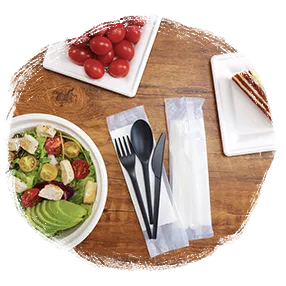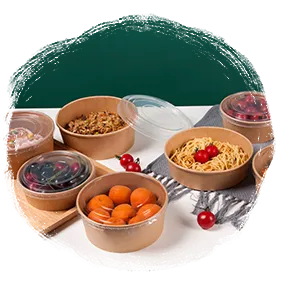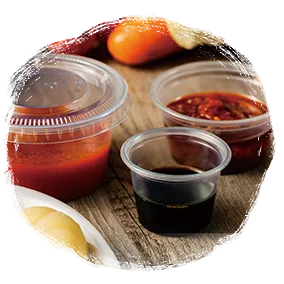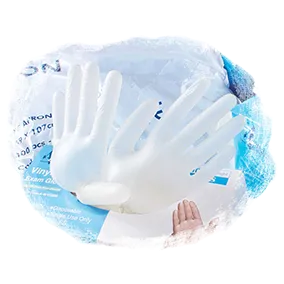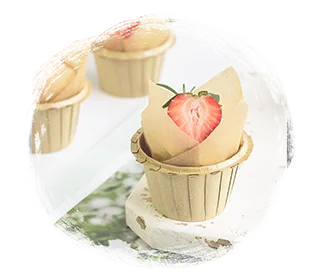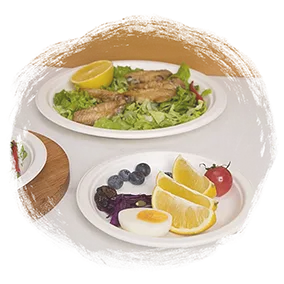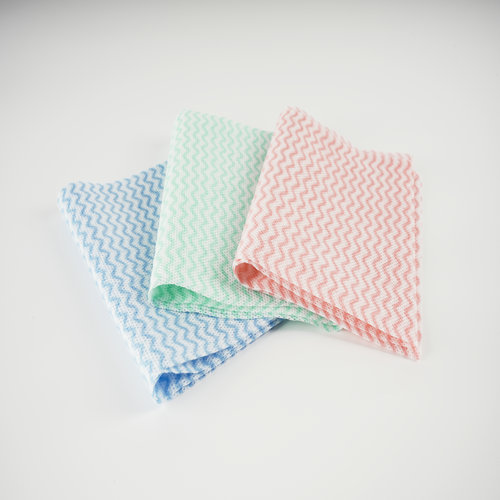From construction to manufacturing process, learn the difference between woven and non-woven fabrics. Choose the right fabric for your needs.
Woven and non-woven fabrics are two types of fabrics that are commonly found in our daily life. Although they are both used in a variety of different applications, there are clear differences in structure and manufacturing process. This article will describe the characteristics of woven and nonwoven fabrics and help you choose the right fabric for your needs.
structure
The woven fabric is made by weaving longitudinal yarns and horizontal yarns intersecting each other. The longitudinal yarns are called warp yarns and the horizontal yarns are called weft yarns. The warp and weft threads are interwoven vertically and horizontally to form a grid-like structure. This interweaving makes the woven fabric strong and durable for applications that require strength and stability, such as clothing, furniture and industrial uses.
Nonwovens are made by combining fibers or fiber bundles in a disordered or random fashion. They are usually processed by methods such as melting, bonding or compression. The structure of the non-woven fabric is looser, there is no clear weaving structure between the fibers, but the fibers are fused or bonded together. This makes nonwovens breathable and soft, making them suitable for applications such as hygiene products, filter materials and disposable products.
Manufacturing process
The manufacturing process of woven cloth involves the interweaving of warp and weft threads. First, the warp and weft threads are tension-adjusted through the winding mechanism, and then interlaced on the weaving machine according to the desired weaving pattern. This process requires a certain amount of time and technology to complete. The manufacture of woven cloth usually requires the use of specialized looms and skilled workers.
The manufacturing process of non-woven fabrics is different from traditional weaving methods. It can be done by methods such as hot melting, needling, water jetting or chemical treatment. These methods hold fibers or fiber bundles together to form a continuous fiber network. Nonwoven fabrics are faster to manufacture and suitable for mass production.
Features and Applications
Woven fabrics are characterized by their durability, good tensile strength and stability. They usually have high wear resistance and durability, and are suitable for making products that need to be used for a long time. Woven fabrics are widely used in clothing, furniture, automotive interiors, and industrial applications.
Non-woven fabrics are soft, breathable and lightweight. They usually have good hygroscopicity and water permeability, and are suitable for use in sanitary products, medical supplies, filter materials, packaging and other fields. Non-woven fabrics can also be processed as needed, such as coating, embossing or printing, to improve their appearance and functionality.
Compared with non-woven fabrics and woven fabrics, non-woven fabrics have the following advantages:
Highly customizable: Non-woven fabrics can be customized according to specific needs. By adjusting parameters such as fiber material, density and thickness, different physical properties and characteristics can be obtained. In addition, non-woven fabrics can also be coated, embossed, printed, etc. to enhance their appearance and functionality.
Soft and breathable: Non-woven fabrics usually have good softness and breathability. Because there is no clear weave structure between the fibers, non-woven fabrics are easier to bend and adapt to different shapes. It has good breathability, allowing air and moisture to flow freely through the gaps between fibers.
Environmentally friendly and sustainable: Many non-woven fabrics are made from recyclable and degradable fiber materials, making them environmentally sustainable. Non-woven fabrics can be recycled or degraded naturally after being discarded, reducing the negative impact on the environment.
How to buy the best non-woven fabrics?
Here are a few things you can consider when shopping for the best nonwovens:
Material quality: It is very important to choose a high-quality non-woven material. Make sure to choose a material that is durable, flexible, and suitable for your use. Before purchasing, you can consult the supplier or review the product description to understand the characteristics and performance of the material.
Manufacturing Process: Understanding the manufacturing process of nonwovens is crucial to choosing the best product. Different manufacturing processes may affect the quality and performance of nonwovens. Choosing strictly controlled and high-quality manufactured nonwovens increases their reliability and durability.
Supplier Reputation: Choosing a reputable supplier is also key to purchasing the best non-woven fabrics. You can ensure you are purchasing nonwovens from a reliable supplier by referring to customer reviews, reviewing the supplier's background information, and understanding their experience and expertise.
When purchasing non-woven fabrics, remember the key factors above to choose the product that is best for you. If you are looking for a high-quality and reliable non-woven fabric supplier, Anliang Non-Woven Fabric will be a choice worth considering. We offer high-quality non-woven products and ensure customer satisfaction through advanced manufacturing processes. Whether you need sanitary products, packaging materials or filter materials, Anliang nonwovens can provide customized solutions. We are customer-centric and committed to providing our customers with the best products and services.
When you choose Anliang non-woven fabrics, you will get reliable quality, excellent performance and long service life. Contact us today to learn more about our products and services.

